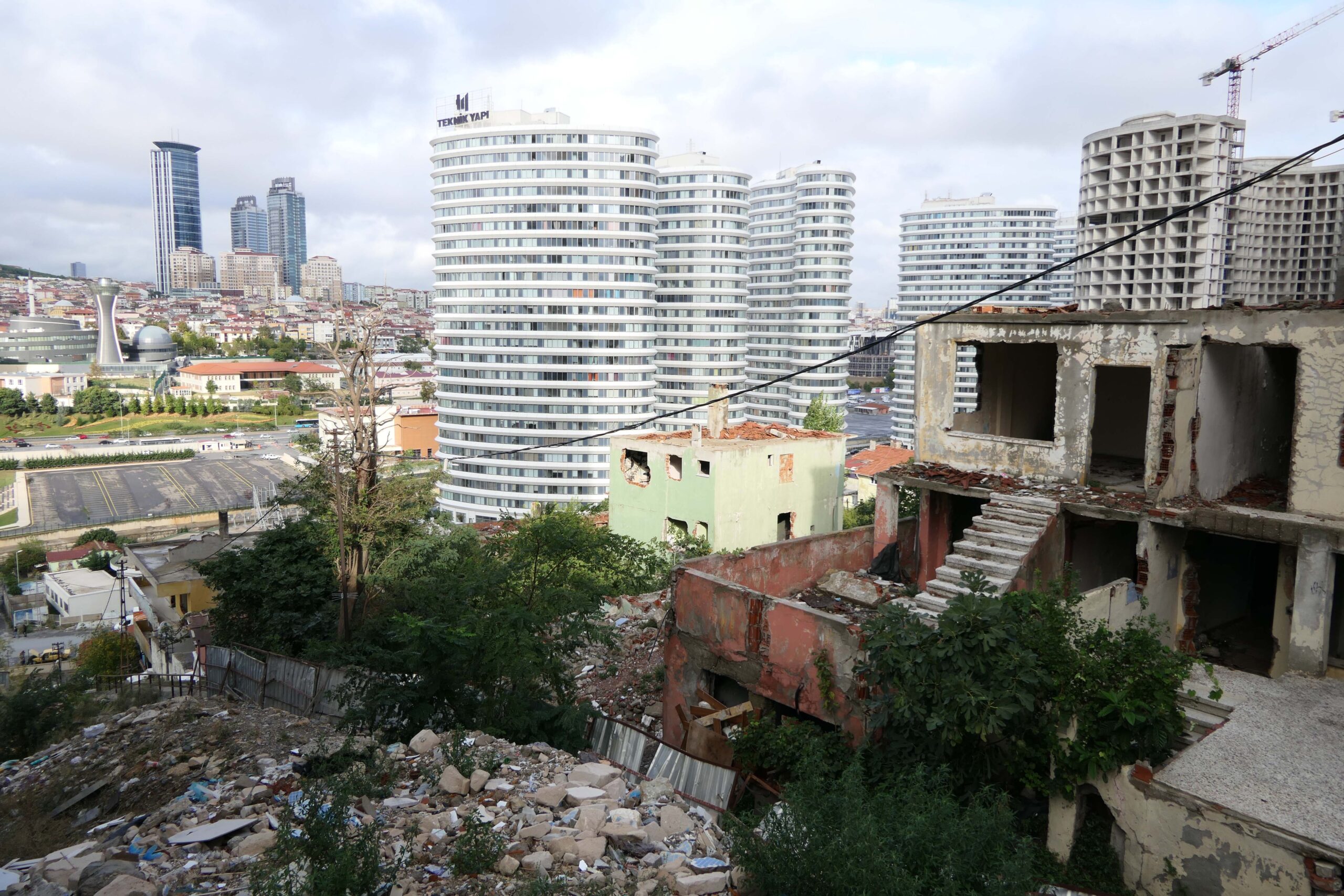
- Close
16/07/2020 | Istanbul
Current risk management approaches in Istanbul

The devastating M7.4 and 7.2 earthquakes in 1999 that took place to the immediate east of Istanbul were eye-openers in Turkey to recognise the need for transition from risk managed through emergency response to risk management integrated into development planning. In the 21 years since 1999, significant achievements took place that range from large-scale risk mitigation projects concerning public and private buildings and infrastructure, hazard and risk related research and applications; to new legislations, laws, institutions, restructured governmental bodies. In this period Turkey was hit by M>6 earthquakes causing damage in urban areas. After each event, there was a public outcry on how prepared Turkey is to manage earthquake risks and questioning the post-1999 initiatives.
On the government side, the response was to focus on emergency response measures in the aftermath of an event, while designing and implementing new measures for better risk management in the post-disaster phase. We should accept that the effect the M=5.6 Istanbul earthquake of 26.09.2019 led to in public and private buildings was larger than anticipated, rightly igniting new initiatives in the local and central government bodies. Overall, self-criticism and decisiveness in development planning aimed risk management appear to be the needed paradigm shift.
The trajectory of COVID-19 in Turkey displayed two phases. The first phase, between mid-March and end of May, was about 2.5 months long. In this period, in terms of daily and total number of deaths and new cases, Turkey ranked among the most affected countries. As opposed to absolute numbers, relative figures to the population were low. The health system responded remarkably well to the situation. The capacities, hospital beds, intensive care, equipment, and medication were not exhausted. This was largely due to the central government rapidly imposing strict measures on businesses, the educational system and our daily lives. International and intercity travel was banned, all younger than 21, and older than 65 were not allowed on the streets until early June. There were strict measures on the rule of conduct in public, open, and closed spaces. Istanbul had the highest numbers of deaths, new cases, and patients in need of hospital care. The government provided daily information on the total numbers. However, it was criticized for not dispatching statistics by city.
By the end of May, the daily new cases were less than 1000, and daily deaths dropped to about 20. With June, however, due to economic concerns, there was an abrupt return to normality with almost no transition phase. For the last six weeks, the number of cases and deaths have been fluctuating, maintaining a rough uniformity, with so far, no evidence of further drops. The latter is raising concerns on how the country will cope with the situation within the next year socioeconomically speaking, also considering healthcare capacity. COVID-19 is very different in terms of geographical extent than the localized natural hazards our community is used to working on. Hardest hit was the urban poor, low-income population, and small to medium size enterprises. These groups face great uncertainty in the coming months, probably years. The national economic recovery may be even more difficult if Istanbul faces an earthquake-like hazard in the near future.


